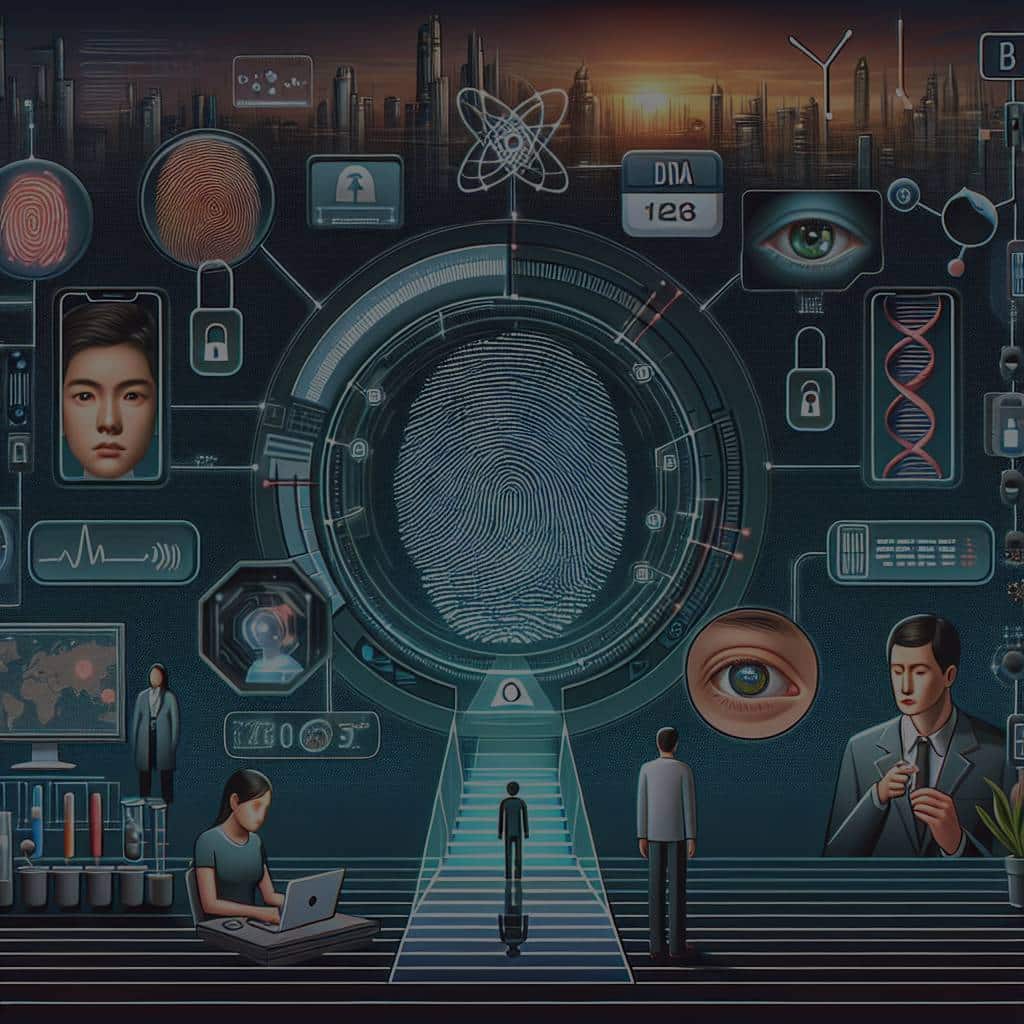What’s the Future of Biometric Technology in Identity Verification Processes?

Biometric technology is rapidly transforming the way we confirm identity and safeguard user privacy. As a digital security strategy, biometrics authenticate individuals based on their unique physical or behavioural characteristics, offering a level of precision unmatched by traditional password systems. This article delves into the unique capabilities and potential of biometrics, exploring how this technology is primed to revolutionize our future.
The Evolution and Advantages of Biometric Technology
Biometric technology has come a long way since its inception. From simple fingerprint recognition systems to advanced facial recognition and iris scanning, this technology continues to evolve, offering more accurate and secure methods of identification.
In parallel : How Is Technology Paving the Way for Hyperloop Transportation Systems?
Biometric authentication offers numerous advantages over traditional methods. First, it’s remarkably accurate. Unlike passwords or security questions which can be forgotten or easily breached, biometric data like fingerprints or facial features are unique to each individual. This level of uniqueness makes it incredibly difficult for intruders to replicate or steal one’s identity, thereby enhancing user security.
Moreover, biometric systems offer a seamless user experience. With biometric authentication, you can gain access to a device or an online account just by looking at your device or placing your finger on the sensor. This ease of access is another reason why biometric technology is fast becoming the preferred choice for identity verification.
Also to read : Can Digital Twin Modeling Simulate the Impact of Climate Change on Buildings?
Biometric Technology and User Privacy
As we become more digitally interconnected, protecting user privacy has become a paramount concern. While biometrics offer enhanced security, there are legitimate concerns regarding the potential misuse of biometric data. After all, you can change a compromised password, but you can’t change your fingerprint or facial structure.
To address this, modern biometric systems are designed with privacy in mind. Rather than storing raw biometric data, these systems convert the data into a digital template. This template, which cannot be reverse-engineered to recreate the original data, is what’s used for authentication. It’s a secure method that maintains user privacy while leveraging the benefits of biometric technology.
Facial Recognition and Fingerprint Scanning: The Forefront of Biometric Technology
Facial recognition and fingerprint scanning are two of the most widespread biometric technologies. Their ease of use, combined with their high level of accuracy, makes them a top choice for secure authentication.
Facial recognition technology, for instance, can analyze the unique patterns and contours of an individual’s face to verify their identity. It’s not just about the face shape. The technology also examines aspects like the distance between the eyes or the contour of the cheekbones, adding to accuracy.
Fingerprint scanning, on the other hand, leverages the uniqueness of an individual’s fingerprints. Each person’s fingerprints are unique, not just among humans, but among all primates. This uniqueness makes fingerprint scanning an effective and reliable method of biometric authentication.
The Future of Biometric Technology in Identity Verification
The future of biometrics in identity verification looks promising. As the technology evolves, we can expect even more secure and accurate authentication methods. Biometric technology is expected to continue its integration into various aspects of our daily lives, from unlocking smartphones to accessing bank accounts.
For instance, multi-modal biometric systems, which combine two or more biometric identification methods, are anticipated to become more commonplace. By leveraging multiple biometric traits, these systems offer even greater security and accuracy.
Furthermore, advances in artificial intelligence and machine learning could further enhance the capabilities of biometric systems. AI algorithms can analyze biometric data more accurately and quickly, making the authentication process even more seamless and secure.
The future may also see the growth of behavioural biometrics. This involves analyzing patterns in human activity, such as typing rhythm or mouse movement, to authenticate identity. It’s a technique that offers a continuous authentication method, further bolstering security.
In healthcare, biometric technology could help to verify patient identity, thereby improving patient safety and reducing medical errors. Biometrics could also play a key role in telemedicine, allowing doctors to confirm a patient’s identity remotely.
The potential of biometric technology in identity verification is vast. As the technology evolves and becomes more sophisticated, it holds the promise of a future where identity verification is seamless, accurate, and incredibly secure.
Biometric Technology in Different Sectors
Biometric technology is not just transforming personal identity verification processes, but it’s also making significant inroads in various sectors such as financial services, healthcare, and access control in businesses and government institutions.
In financial services, biometric authentication methods like facial recognition and fingerprints are increasingly being adopted to prevent identity theft and fraudulent transactions. Banks and financial institutions are utilizing biometric technology to ensure secure access to accounts and enhance the overall user experience. For instance, customers can carry out transactions conveniently and securely using biometric verification, thus eliminating the need for remembering multiple passwords or PINs.
In the healthcare sector, biometric systems play a crucial role in patient identification, thereby helping to reduce medical errors and improve patient safety. These systems can accurately match patients with their medical records, ensuring that patients receive the correct treatment. In addition, biometrics is also used in telemedicine, where doctors can confirm a patient’s identity remotely, ensuring that healthcare services are delivered to the right person.
Access control in businesses and government institutions is another area where biometric technology’s potential is being harnessed. From controlling access to high-security areas to managing employee attendance, biometric systems offer a secure and efficient solution. Biometric data, because of its uniqueness, can effectively prevent unauthorized access, hence enhancing overall security.
With the advancement of technology, we are also witnessing the rise of novel biometric authentication methods such as voice recognition. Voice recognition analyzes unique voice patterns to verify a person’s identity, making it a convenient and non-intrusive method of biometric security.
Conclusion
In conclusion, biometric technology is poised to play a pivotal role in the future of identity verification. As technology continues to evolve, we can expect the emergence of more sophisticated biometric systems that offer even greater security and accuracy.
However, as we embrace this technology, it’s also crucial to address the potential challenges and concerns associated with it, chiefly those related to privacy and data protection. Future biometric systems need to ensure that while we enjoy the convenience and security of biometric authentication, our privacy is not compromised.
From preventing unauthorized access in businesses to reducing identity theft in financial services, biometrics is transforming the way we verify identity. By offering a seamless user experience and robust security, biometric technology is set to become an inseparable part of our daily lives. The future of biometrics in identity verification is indeed promising, and we are just at the beginning of this exciting journey.
